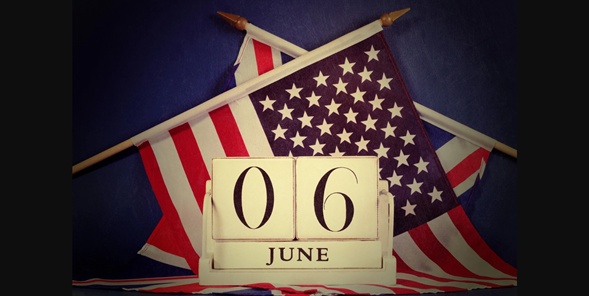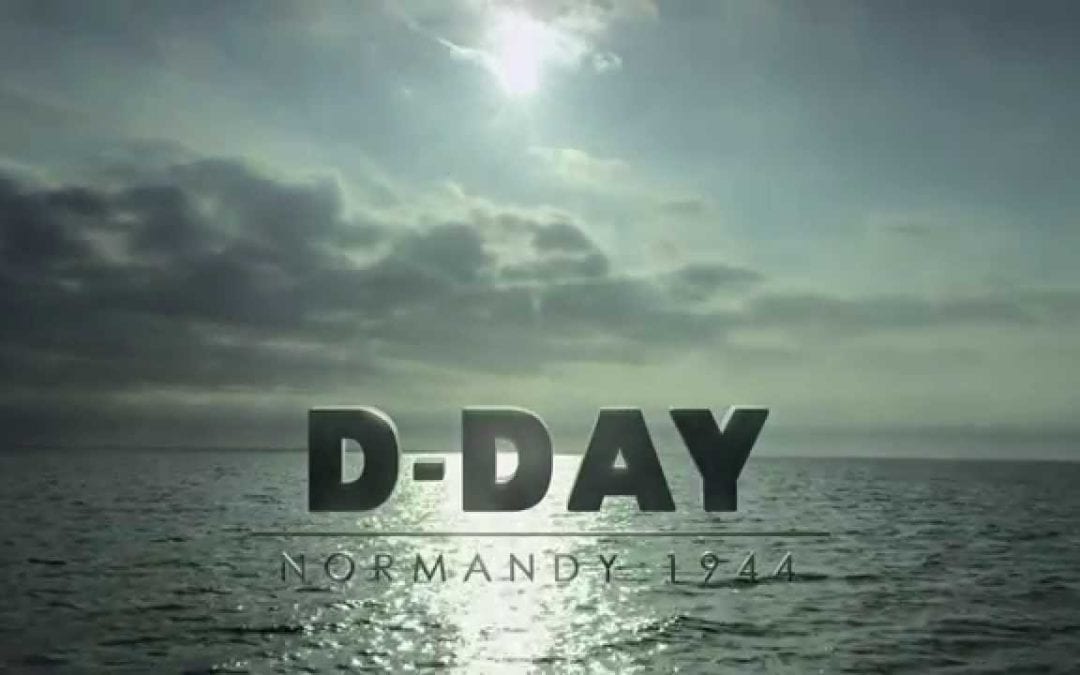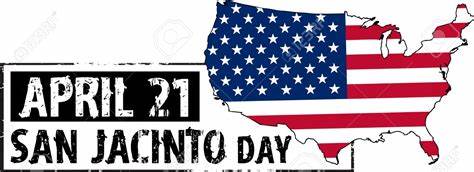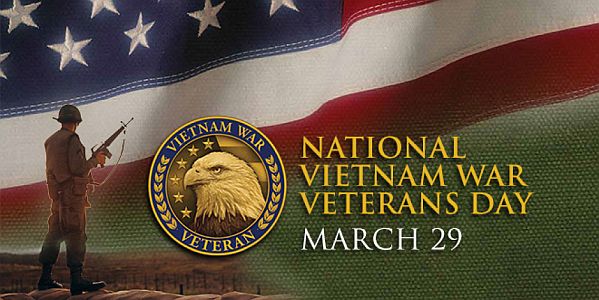
by larryw | Sep 2, 2023 | Anniversary
On August 14, 1945, it was announced that Japan had surrendered unconditionally to the Allies, effectively ending World War II. Since then, both August 14 and August 15 have been known as “Victory over Japan Day,” or simply “V-J Day.” The term has also been used for September 2, 1945, when Japan’s formal surrender took place aboard the U.S.S. Missouri, anchored in Tokyo Bay. Coming several months after the surrender of Nazi Germany, Japan’s capitulation in the Pacific brought six years of hostilities to a final and highly anticipated close.

by larryw | Aug 18, 2023 | Anniversary, Community
The City of Frisco and the Frisco Garden Club will host a 9/11 Remembrance at 7:30 a.m. on Monday, September 11. The ceremony will be at Freedom Meadow in Warren Sports Complex, located at 7599 Eldorado Pkwy. The annual ceremony honors the memory of those who died in the terrorist attacks on September 11, 2001, and will include the Frisco Fire and Frisco Police Honor Guards and the Heritage High School Coyote Chorale.

by larryw | Jun 6, 2023 | Anniversary
June 6 marks the 79th Anniversary of D-Day in Normandy. We will always remember and never forget the sacrifices and valor exhibited by our armed forces on that infamous day, June 6, 1944.
On D-Day Allied Forces launched a combined naval, air and land assault on Nazi-occupied France. The invasion is significant in history for the role it played in World War II. During World War II (1939-1945), the Battle of Normandy, which lasted from June 1944 to August 1944, resulted in the Allied liberation of Western Europe from Nazi Germany’s control.
Code named Operation Overlord, the battle began when 5,000 ships, 11,000 airplanes, and 156,000 American, British, and Canadian servicemen landed on five beaches along a 50-mile stretch of the heavily fortified coast of France’s Normandy region. When it was over, the Allied Forces had suffered 10,000 casualties; more than 4,000 were dead. Yet somehow, due to planning and preparation, and due to the valor, fidelity, and sacrifice of the Allied Forces, Fortress Europe had been breached.
The invasion was one of the largest amphibious military assaults in history and required extensive planning. Prior to D-Day, the Allies conducted a large-scale deception campaign designed to mislead the Germans about the intended invasion target. By late August 1944, all northern France had been liberated, and by the following spring the Allies had defeated the Germans. The Normandy landings have been called the beginning of the end of war in Europe.

by larryw | Jun 6, 2022 | American Legion Post 178, Anniversary
June marks the 78th Anniversary of D-Day in Normandy. We will always remember and never forget the sacrifices and valor exhibited by our armed forces on June 6, 1944.
On D-Day Allied forces launched a combined naval, air and land assault on Nazi-occupied France. The invasion is significant in history for the role it played in World War II. During World War II (1939-1945), the Battle of Normandy, which lasted from June 1944 to August 1944, resulted in the Allied liberation of Western Europe from Nazi Germany’s control. Codenamed Operation Overlord, the battle began when some 5,000 ships, 11,000 airplanes, and 156,000 American, British, and Canadian servicemen landed on five beaches along a 50-mile stretch of the heavily fortified coast of France’s Normandy region. When it was over, the Allied Forces had suffered nearly 10,000 casualties; more than 4,000 were dead. Yet somehow, due to planning and preparation, and due to the valor, fidelity, and sacrifice of the Allied Forces, Fortress Europe had been breached.
The invasion was one of the largest amphibious military assaults in history and required extensive planning. Prior to D-Day, the Allies conducted a large-scale deception campaign designed to mislead the Germans about the intended invasion target. By late August 1944, all northern France had been liberated, and by the following spring the Allies had defeated the Germans. The Normandy landings have been called the beginning of the end of war in Europe.

by larryw | Apr 21, 2022 | Anniversary
San Jacinto Day is a day of state pride for Texans in the United States on April 21 each year. It commemorates the Battle of San Jacinto between the Texan army and Mexican forces, which took place on April 21, 1836. The battle was a turning point for Texas’ independence from Mexico.
Around 1820, the area that is now Texas was part of the newly independent country of Mexico. However, there was a strong push for an independent Republic of Texas so, in 1835, the Texas Declaration of Independence was drafted, and a provisional government was formed. This movement was supported by a wave of volunteers from the United States. In 1836, Mexican president Santa Anna travelled to Texas to bring down this uprising. His campaign started successfully, and the Mexican forces regained control of a number of areas.
Texan forces fought and won the Battle of San Jacinto on and captured General Santa Anna. This event led to negotiations for Texas to become fully independent from Mexico. The site of the battle is now known as the San Jacinto Battleground State Historic Site, which is close to the Houston Ship Channel and the cities of La Porte and Baytown. The site features the San Jacinto Monument, which is 570 feet (or about 174 meters) high and the world’s tallest masonry tower.
The Battle of San Jacinto lasted for only 18 minutes. However, hundreds of Mexicans were killed, injured, or captured. Nine Texan soldiers were killed and 26 were wounded.
San Jacinto Day is a public holiday in Texas, where it is a day off for the general population, and schools and most businesses are closed.

by larryw | Mar 29, 2022 | Anniversary
Vietnam Veterans Day commemorates the sacrifices of Vietnam veterans and their families and is part of a national effort to recognize the men and women who were denied a proper welcome upon returning home more than 40 years ago.
The Vietnam War Veterans Recognition Act, which was signed into law in 2017, designates March 29 of each year as National Vietnam War Veterans Day. It is not an official holiday. Most states celebrate “Welcome Home Vietnam Veterans Day” on March 29 or 30 of each year. Though there is some debate, March 29 is generally viewed as a more appropriate date. On that day in 1973, the last combat troops were withdrawn from Vietnam and the last prisoners of war held in North Vietnam arrived on American soil.
Lasting from 1955 to 1975, the Vietnam war engulfed the Southeast Asian country of Vietnam, as well as its neighboring countries, Cambodia and Laos. It resulted in several million deaths, most of whom were Vietnamese civilians. The conflict began during the 1950s when the struggle between the country’s communist northern part and the anti-communist south escalated. The United States began its military involvement to back the South’s effort to quell the communist onslaught, which, at the height of the Cold War, was feared to promote the spread of communist ideology and influence worldwide. During the war, about 500,000 US troops were dispatched to Southeast Asia, about 58,000 of whom were killed. The conflict ended in 1975 with the fall of Saigon and the victory of North Vietnam.
More than 350 members of American Legion Post 178 are Vietnam veterans.






